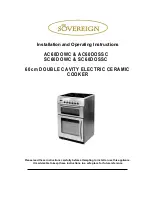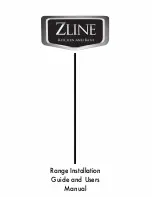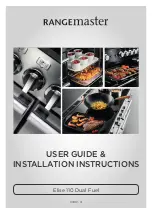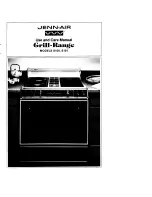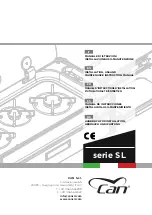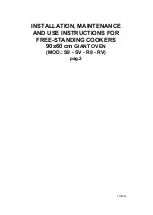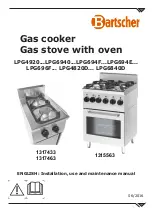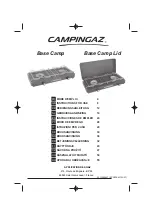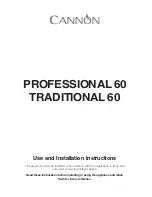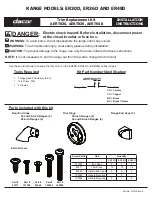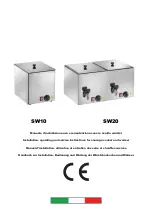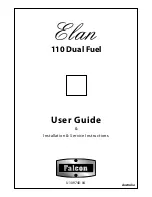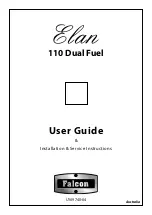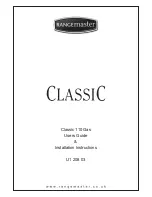
23
V CLEANING
IMPORTANT!
Before carrying out any cleaning operation, disconnect the
appliance from the mains power supply.
1. EXTERNAL PARTS
SATIN FINISH STEEL SURFACES (daily)
•
Clean all steel surfaces: dirt is easily removed when just
formed.
•
Remove dirt, fat and food deposits from steel surfaces
when cool, using soapy water, with or without detergent,
applied with a cloth or sponge. Dry the surfaces
thoroughly after cleaning.
•
In the event of stubborn dirt, grease or food deposits,
wipe the cloth/sponge with the grain of the satin finish
and rinse often: rubbing in a circular motion, combined
with the particles of dirt deposited on the cloth/sponge,
could damage the steel’s satin finish.
•
Iron objects could ruin or damage the steel: damaged
surfaces become dirty more easily and are more liable
to corrode.
•
Have the satin finish repaired if necessary.
SURFACES BLACKENED BY HEAT (when necessary)
Exposure to high temperatures can cause the formation of
dark marks. These do not constitute damage and can be
removed by following the instructions in the previous
paragraph.
2. OTHER SURFACES
HEATED TRAYS/CONTAINERS (daily)
Clean the appliance trays or containers using boiled water,
adding soda (degreasing) if necessary. Use the accessories
(optional or supplied) specified in the list to eliminate
encrustations or food deposits.
CAUTION - With electric appliances, make sure no water
comes into contact with electric components: water
penetration can cause short circuiting and dispersion,
tripping the appliance’s protection devices.
3. SCALE
STEEL SURFACES (when necessary)
Remove any scale (stains or marks) left by hard water on
steel surfaces using suitable detergents, natural (e.g.
vinegar) or chemical (e.g.
STRIPAWAY produced by
ECOLAB
).
BOILERS OR CAVITIES (at least monthly)
•
Remove deposits from those parts used for collecting
and heating water (e.g. cavities of oven containers) by
filling them with pure vinegar or a chemical detergent (1/
3) and water (2/3).
VINEGAR
•
Heat for about 3 minutes
•
Allow the vinegar to work for at least 20 minutes.
•
Rinse with plenty of water.
CHEMICAL DETERGENT
•
Heat for about 5 minutes
•
Allow the solution to work for at least 10 minutes.
•
Rinse with plenty of water.
4. IDLE PERIODS
If the appliance is not going to be used for some time, take
the following precautions:
•
Close any cocks or main switches installed ahead of the
appliance.
•
Rub stainless steel surfaces vigorously with a cloth
moistened with vaseline oil in order to form a protective
film.
•
Periodically air the premises.
•
Have the appliance checked before using it again.
•
In order to avoid too rapid evaporation of accumulated
moisture and consequent breakage of the element, when
starting up again leave electric appliances on minimum
power setting for at least 45 minutes.
5. INTERNAL PARTS
(every 6 months)
IMPORTANT! Operations to be carried out exclusively
by specialized technicians.
•
Check the condition of internal parts.
•
Remove any deposits of dirt from inside the appliance
•
Inspect and clean the flue system.
N.B.: in certain ambient conditions (e.g. intensive use of
the appliance, salty environment, etc.) the cleaning should
be more frequent.















